
Join 10k+ people to get notified about new posts, news and tips.
Do not worry we don't spam!
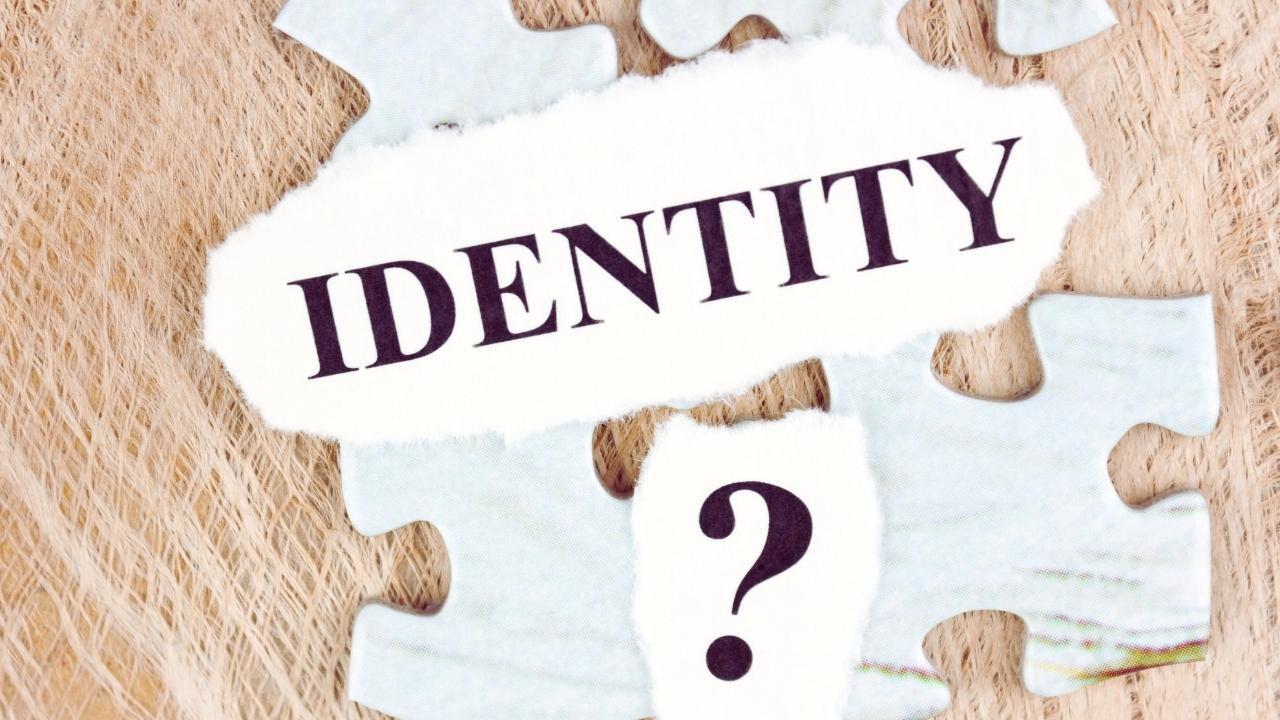
Post by : Anis Farhan
In Little India, Singapore, Tamil-speaking teenagers sip bubble tea while scrolling Instagram in English. In Penang, Chinese-Malaysians observe ancestral rituals in the morning and eat nasi lemak by noon. In Jakarta, Arab-Indonesians mark Islamic festivals while embracing local dance traditions. Across Southeast Asia, the idea of identity is being redefined by generations shaped not by a single homeland, but by a blend of cultural, linguistic, and historical legacies.
Diasporic communities — whether formed through trade, colonization, labor migration, or displacement — have long been part of Southeast Asia’s story. But in today’s globalized era, questions of dual belonging are more visible and complex than ever before. Who are you when your roots span across nations? What does loyalty mean when you are shaped by two cultures, two languages, and two sets of expectations?
Diasporas are not new to Southeast Asia. The region's maritime location made it a hub of migration for centuries. Chinese, Indian, Arab, and European traders settled in port cities from Manila to Malacca, forming communities that continue to shape the region’s cultural fabric.
In modern times, this pattern continued — through colonial-era indentured labor, post-independence migration, and education-linked movement. Today, Southeast Asia is home to millions of ethnic Indians, Chinese, Eurasian, Arab, and European-descended populations who have lived in the region for generations — many without ever seeing their ancestral “homelands.”
At the same time, Southeast Asians themselves have formed diasporas abroad — with large Filipino, Indonesian, Vietnamese, and Thai communities living in the Gulf, Europe, North America, and East Asia.
The result is a population for whom identity is not singular, but layered. Cultural belonging doesn’t end at national borders — it travels with people, adapts, and evolves.
While dual or hybrid identities are increasingly common, they’re not always easy to navigate. In some cases, diasporic individuals are expected to prove their "loyalty" to a national identity, especially during times of political tension or cultural debates.
In Malaysia, ethnic Chinese and Indians are citizens with deep historical roots, yet are sometimes portrayed as “less Malay,” especially during political flashpoints. In Thailand, ethnic Lao and Chinese communities have been historically assimilated — encouraged to adopt the Thai language and national ethos, often at the cost of their heritage languages.
Abroad, Southeast Asian diaspora members face the opposite challenge. In the West, they are often asked, “Where are you really from?” — despite being born and raised there. They may experience cultural dissonance, especially when returning “home” to countries they know only through stories or holidays.
This push and pull — between integration and erasure, between heritage and homeland — defines the diasporic identity dilemma.
Legal and policy frameworks are beginning to reflect the complexities of dual belonging. Some countries now offer dual citizenship, allowing individuals to maintain ties to more than one country. Others, like Singapore and Indonesia, do not — requiring a binary choice that does not always reflect personal reality.
Culturally, younger generations are asserting their right to "and" identities. Filipino-Americans, Malay-Singaporeans, and Vietnamese-Australians are embracing both parts of their lineage — mixing languages, cuisines, and values in everyday life.
At times, this hybrid identity leads to innovation. Southeast Asian diasporas have enriched global art, literature, cuisine, and business. Think of the rise of Filipino nurses abroad, Indonesian batik in fashion, or Vietnamese diaspora novels winning literary awards in Europe.
But challenges remain. Representation in national institutions is still unequal. Diasporic voices may be sidelined in political discourse or portrayed through stereotypes. Cultural misunderstanding, racism, and alienation continue to affect lived experiences.
One of the most powerful tools for bridging diasporic identity gaps is storytelling. Films, memoirs, podcasts, and digital media have given Southeast Asians at home and abroad a platform to express complexity.
The Singaporean film “Ilo Ilo” explored Filipino domestic worker life with nuance and empathy.
Podcasts like “Kulit Kulit” by Malaysians in diaspora reflect on identity through humor and nostalgia.
Writers like Nguyễn Phan Quế Mai and Tash Aw have explored memory, migration, and in-betweenness in internationally acclaimed fiction.
Through these narratives, the lines between “home” and “away” blur — and so does the line between “us” and “them.”
As ASEAN pushes regional integration, there’s an opportunity to reframe identity as relational, not exclusionary. This means acknowledging that modern identities are fluid, intersectional, and shaped by more than passports or bloodlines.
Education systems must evolve too — teaching history not from singular nationalist perspectives, but from plural, cross-border narratives that reflect the region’s real heritage.
Governments can promote diasporic inclusion by:
Supporting cultural exchange programs and community media.
Recognizing overseas Southeast Asians as assets, not outsiders.
Encouraging language learning that includes heritage dialects.
Redesigning citizenship laws to reflect global realities.
Ultimately, belonging is not about choosing sides. It’s about being accepted — wholly and without condition — in all the identities that shape us.
This article is for editorial and informational purposes only. It does not represent the views of any government, diaspora organization, or political body. Readers are encouraged to engage with local and international community groups for deeper understanding.


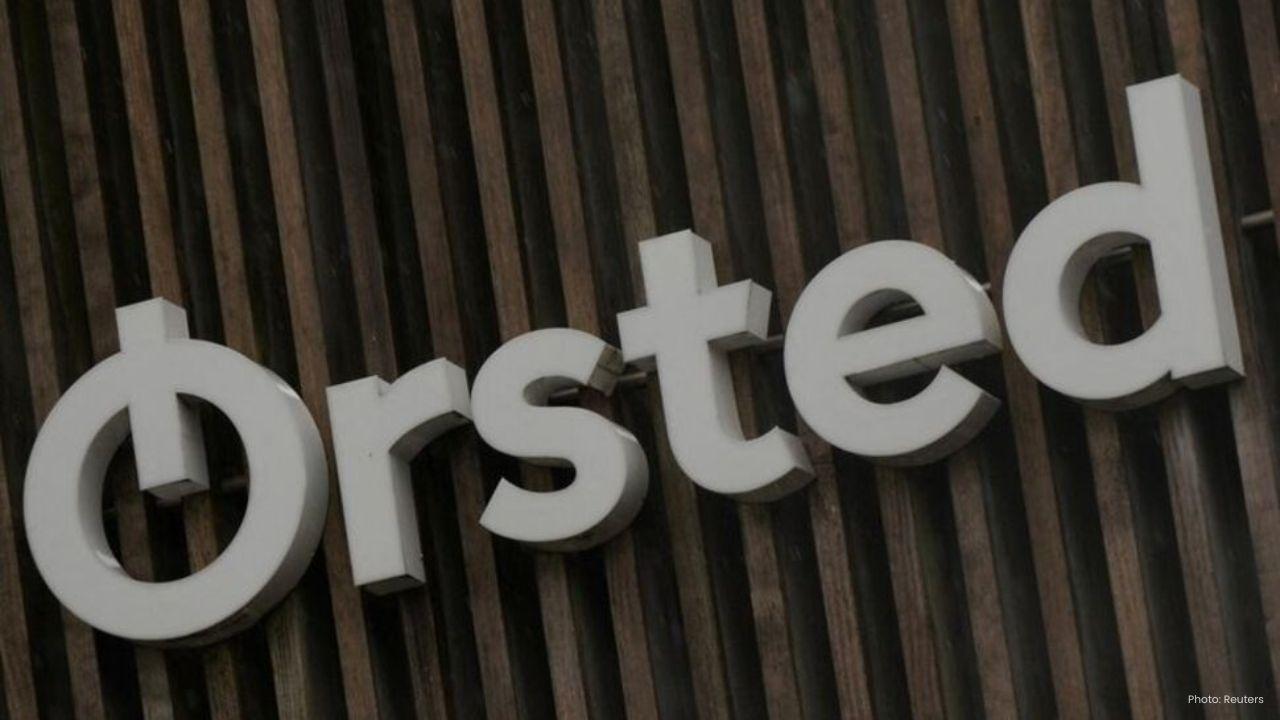
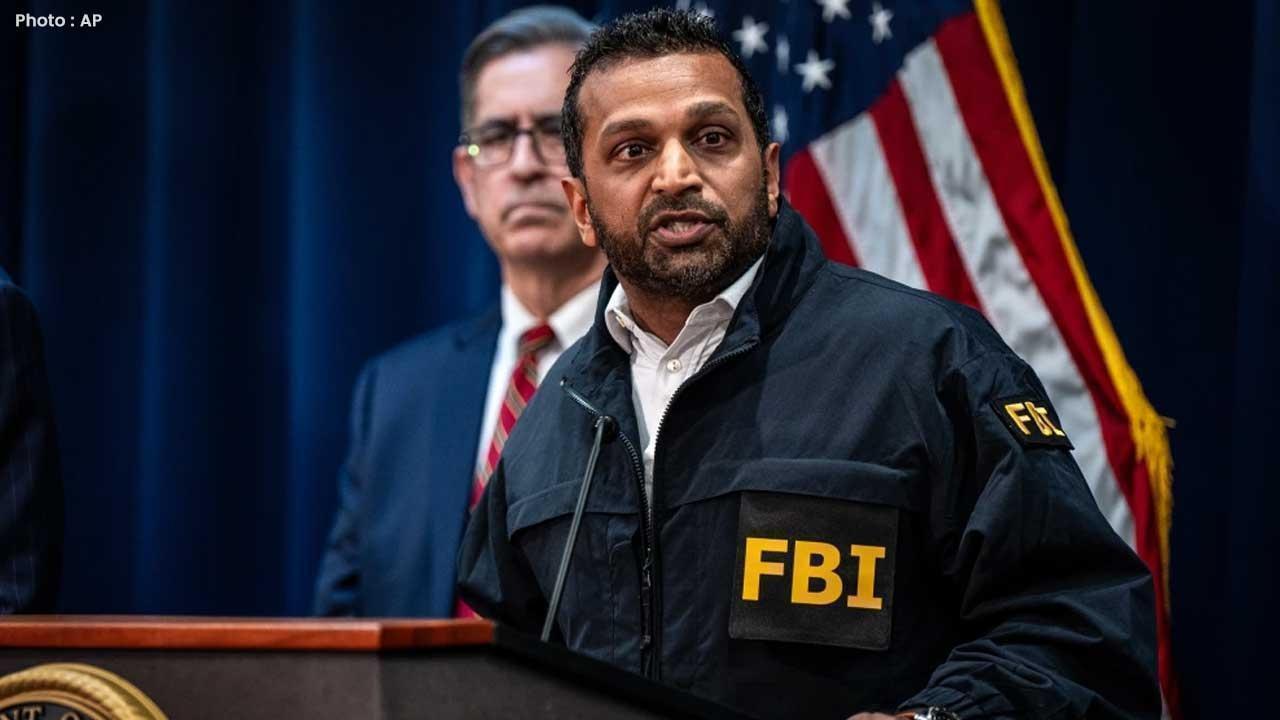

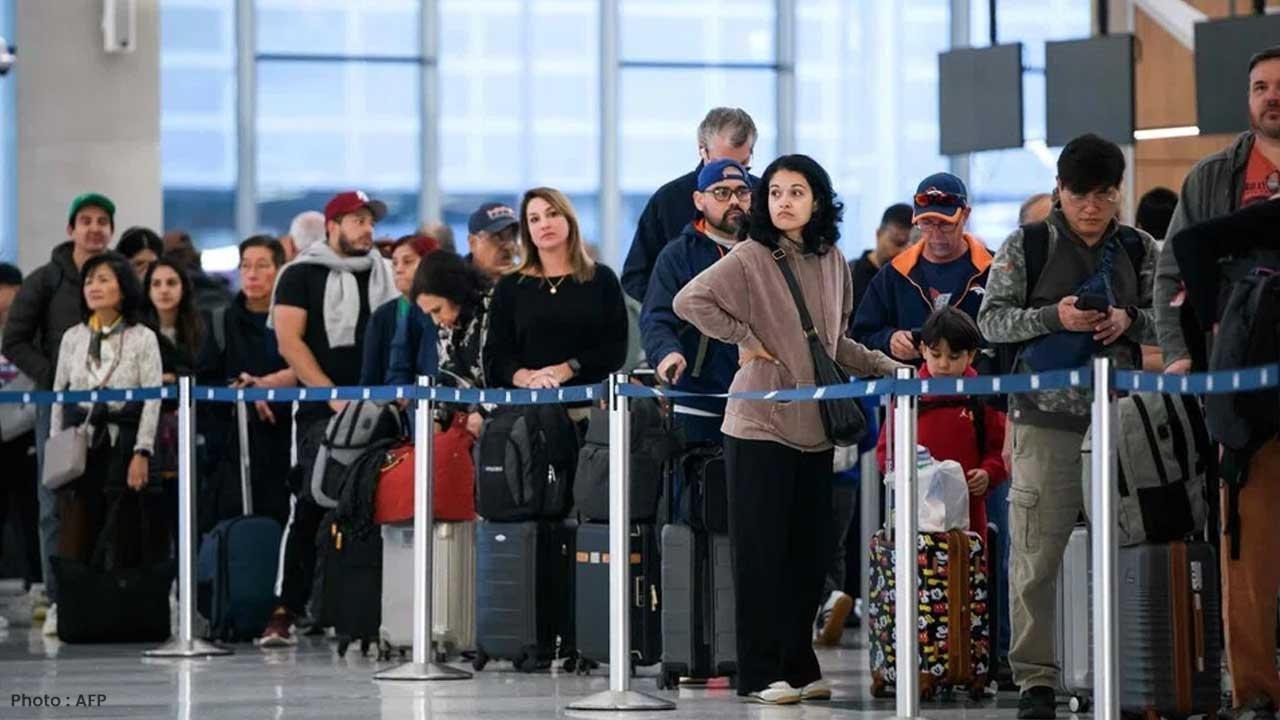
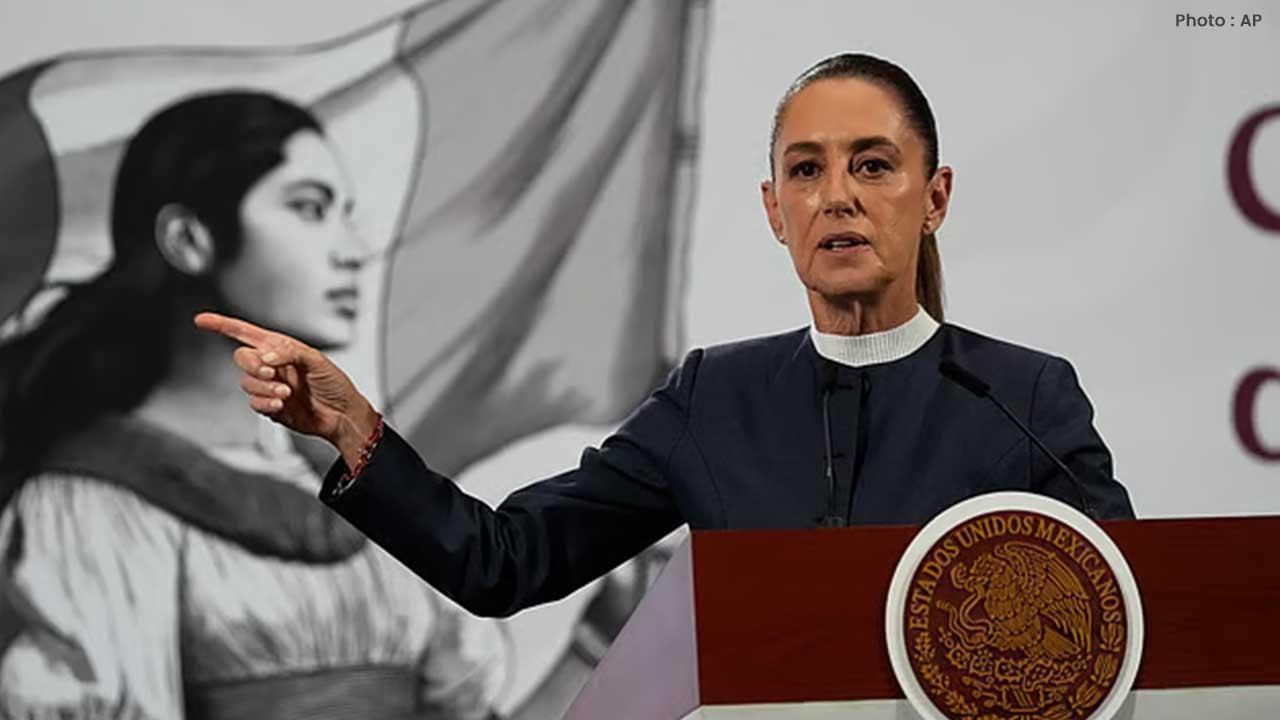
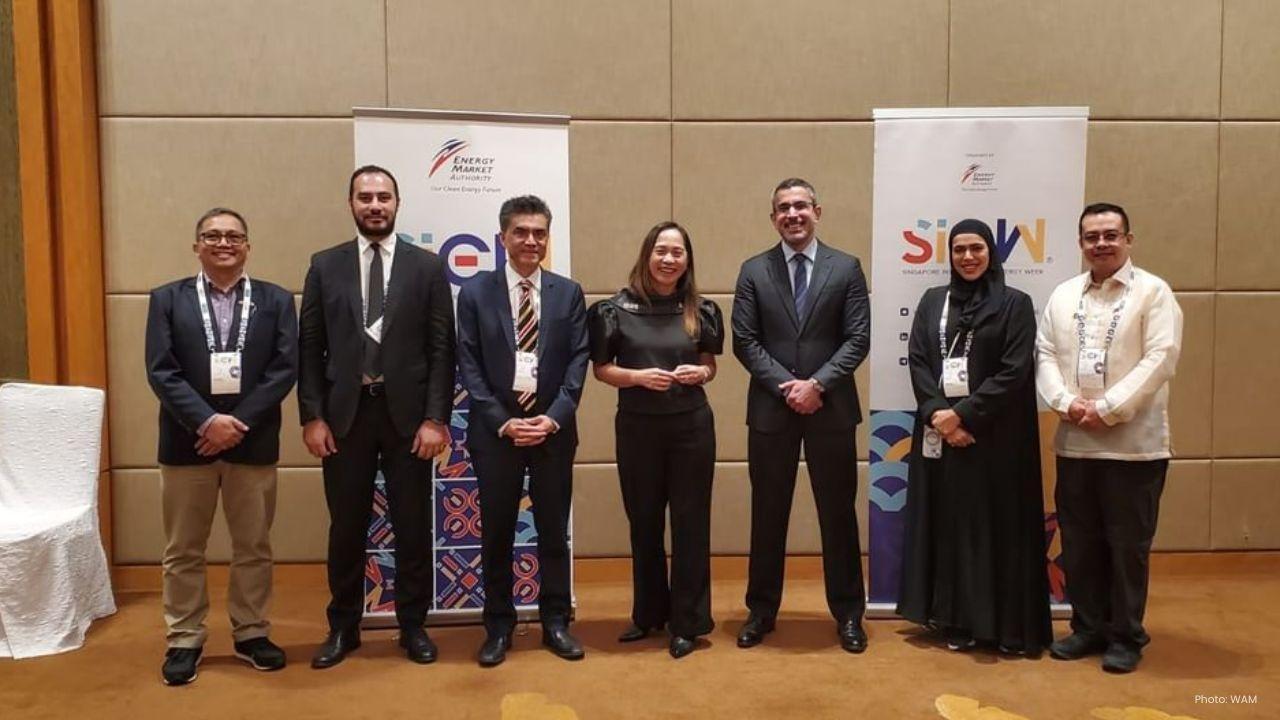


Zohran Mamdani Clinches NYC Mayoral Seat as Victory Speech Blends Politics and Bollywood
Zohran Mamdani won New York City's mayoral race, becoming the city's first Muslim and South Asian ma

India Wins First Women’s World Cup 2025 Title
India lifts its maiden Women’s World Cup 2025 title! Harmanpreet Kaur’s team stuns South Africa in a

Manuel Frederick, 1972 Olympic Bronze Goalkeeper, Dies at 78
Manuel Frederick, a member of India’s 1972 Olympic bronze hockey team, has died in Bengaluru at 78 a

Muhammad Hamza Raja Wins IFBB Pro Card Puts Pakistan & UAE on Global Stage
Pakistani bodybuilder Muhammad Hamza Raja earns IFBB Pro Card in Czech Republic, showcasing Dubai’s

Shreyas Iyer’s Recovery Underway After Spleen Laceration in Sydney ODI
Shreyas Iyer is recovering after a spleen laceration sustained while taking a catch in the Sydney OD

Qatar Ready to Host FIFA U-17 World Cup 2025 in Aspire
Qatar confirms full readiness to host the FIFA U-17 World Cup 2025 from November 3–27, with world-cl